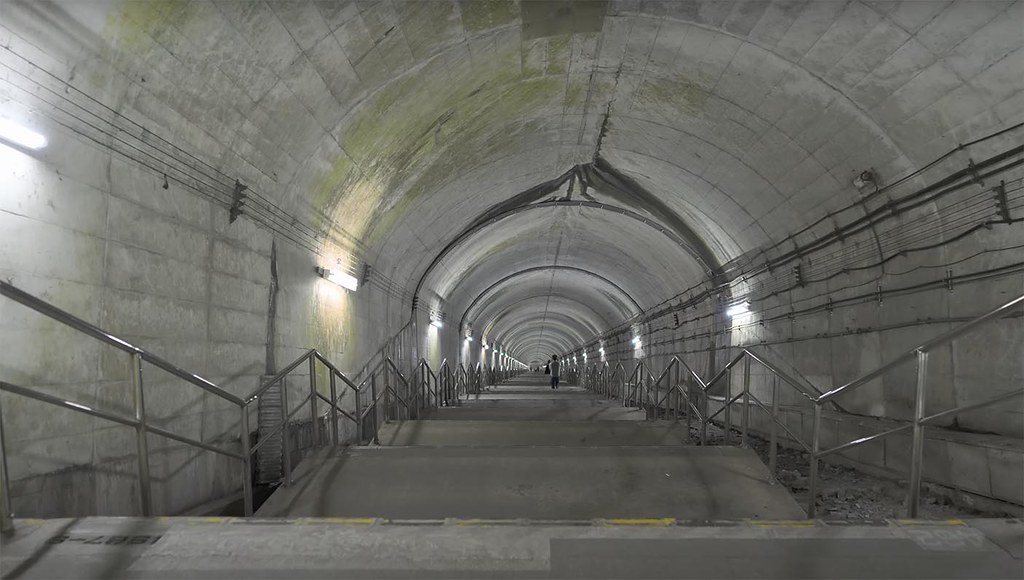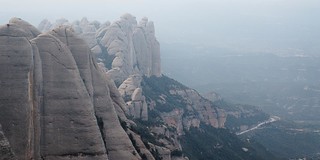A walk through Doai, a lonely railway station that is the deepest in Japan
Japan is a country known for its excellent railway infrastructure and its crowded stations.
However, not all of its stations are like this. A good example of the opposite case can be found in the city of Minakami, in Gunma prefecture, 149 kilometers northwest of Tokyo. Minakami is a very small city if we compare it to the capital of Japan: it only has about 18,000 inhabitants, but it is famous for having the deepest railway station in the country: Doai station.
Operated by the East Japan Railway Company, Doai is a rather lonely station. Due to its low number of travelers, today it operates without staff. You can't even buy train tickets there. There is an automatic ticket dispenser and you pay once on board the train. On the other hand, Doai has two platforms: one is on the surface and the other is underground, in the Shin-Shimizu tunnel, built in 1931 and 9.7 kilometers long. The station is in a hilly area and few trains pass through there.
The Doai underground platform is 70 meters underground. To give you an idea, the deepest station of the Madrid Metro, Cuatro Caminos, is 45 meters away; the deepest in London, Hampstead, is at 58.5 metres; and the deepest in New York, the one on 191st Street, is 55 meters away. The problem with the Doai underground platform is that there are no elevators or escalators, due to the age of the station (it was built in 1931): you have to walk up the 486 stairs your ladder, which takes about 10 minutes.
A few days ago, the Japanese channel It's Time to Travel published an interesting video touring this station. The video does not have a voice but it has subtitles in Spanish, in which it explains each place; you can activate them in the bottom bar of the player:
Here we can see some screenshots of the video. This is the stairs leading down to the underground platform. It has landings in the middle of the stairs, which in addition to giving the traveler a breather, serves as a safety measure in case of a fall.

The ladder seen from below. On the sides of the ladder there are two channels to drain the water. The greenish color of some parts of the gallery indicates water seepage.

The ladder seen from below. On the sides of the ladder there are two channels to drain the water. The greenish color of some parts of the gallery indicates water seepage.

One of the trains that run through the underground platform. Trains going north, specifically to Echigo-Yuzawa and Nagaoka, run through this tunnel.

|
Don't miss the news and content that interest you. Receive the free daily newsletter in your email: Click here to subscribe |
- Lo más leído
- The interior of the Statue of Liberty torch and the sabotage that canceled its visits
- The story of the 'Chewing Gum Girl' and her small grave in a cemetery in Chester, England
- Sabbione: a beautiful Swiss town that looks like something out of 'The Lord of the Rings'
- The 'Bomber Glacier': The wreckage of a B-29 on a remote mountain of Alaska
- The Maid of Harlech: the P-38 fighter that was buried on a beach for 65 years
- The supermassive black hole of Phoenix A, the biggest known light-devouring monster
- The final destination of an old Fiat G.91 Gina fighter on top of a mountain in northern Italy

 ES
ES





Opina sobre esta entrada: